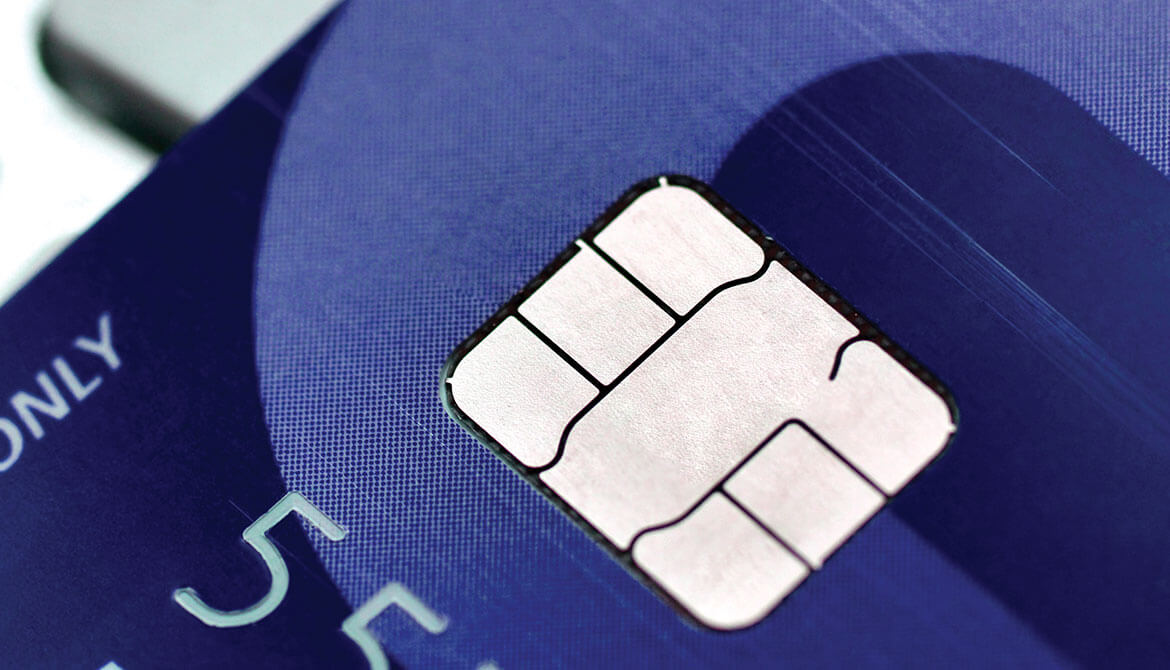3 minutes
What role will crypto play in credit unions’ payments strategy?
How CUs will play in a cryptocurrency future is unclear but a major topic of conversation these days, reports David Pierce, CIE, CIO of $3.8 billion Canvas CU, Lone Tree, Colorado. “It’s something the industry is having meaningful conversations about across the board so we can uncover a common vision on how this will evolve. We talk about it internally with senior management. We CIOs talk about it at the Rocky Mountain CIO Forum. We talk about it with Symitar, our core provider, as part of their regional advisory board. We talk about it with Mastercard. I’m on the Fed’s Payments Advisory Board, and we talk about it there.”
Cryptocurrencies are being adopted more and more, especially by young people, a demographic that CUs want to attract, notes Tom Church-Adams, SVP/pay products for CUES Supplier member Co-op Solutions, Cucamonga, California. “I think CU will have to consider accepting cryptocurrencies in the next year or two, but it hasn’t quite happened yet.”
“We’re seeing a lot of crypto card purchases,” reports Tony Hildesheim, COO of $7.2 billion Redwood Credit Union, Santa Rosa, California. “We’re seeing it across all age groups. I think the average age for our crypto buyers is 47. They’re watching market movements and using crypto to make very speculative investments. They’re not using it for transactions.”
Rising crypto activity has caused increased fraud and identity theft, Hildesheim reports, but it’s not the crypto speculators who are being taken. “They tend to be a pretty savvy group,” he notes. Instead, “the fraudsters use old-school techniques to get what they need to steal a member’s identity, then use it to make large crypto purchases, and the money is gone.”
Brian Scott, chief growth officer of CUESolutions provider PSCU, St. Petersburg, Florida, reports that 8% of credit card transactions now are used to buy cryptocurrencies. “Member interest is rising,” he notes.
So is there a roadmap for how CUs could facilitate crypto payments? Not yet, Pierce says. “It’s unclear how we will get there. There are a lot of issues that have to be resolved.”
Maybe the biggest one is float. Payments move through a system in steps, and a cryptocurrency transaction happens in milliseconds, Pierce explains. Any player holding the bag for even a few seconds could be exposed to fraud and big value changes. “The payments architecture isn’t built for instant settlement,” he notes. “Some vendors still process in batches. They would need to accept, process and fund crypto payments in real time, and they’re not there yet. There are interoperability issues that financial institutions will need to consider when going forward.”
Where will leadership come from? For consumer demand, it will come from young people, Pierce says. Others may suggest watching the Fed for policy developments. For technology, the big crypto custodians (e.g., Coinbase and Fidelity Investments are positioned to be major players.
For clues, watch the news. Cryptocurrency firsts are being reported. Last spring, $3.9 billion Stanford Federal Credit Union, Palo Alto, California, partnering with NYDIG and Q2 Software, started enabling members to buy, sell and hold bitcoin. “You can buy a burrito at Chipotle with bitcoin,” Pierce observes. “We have to assume members will be using bitcoin for other purposes as well.” cues icon
Richard H. Gamble writes from Grand Junction, Colorado.





